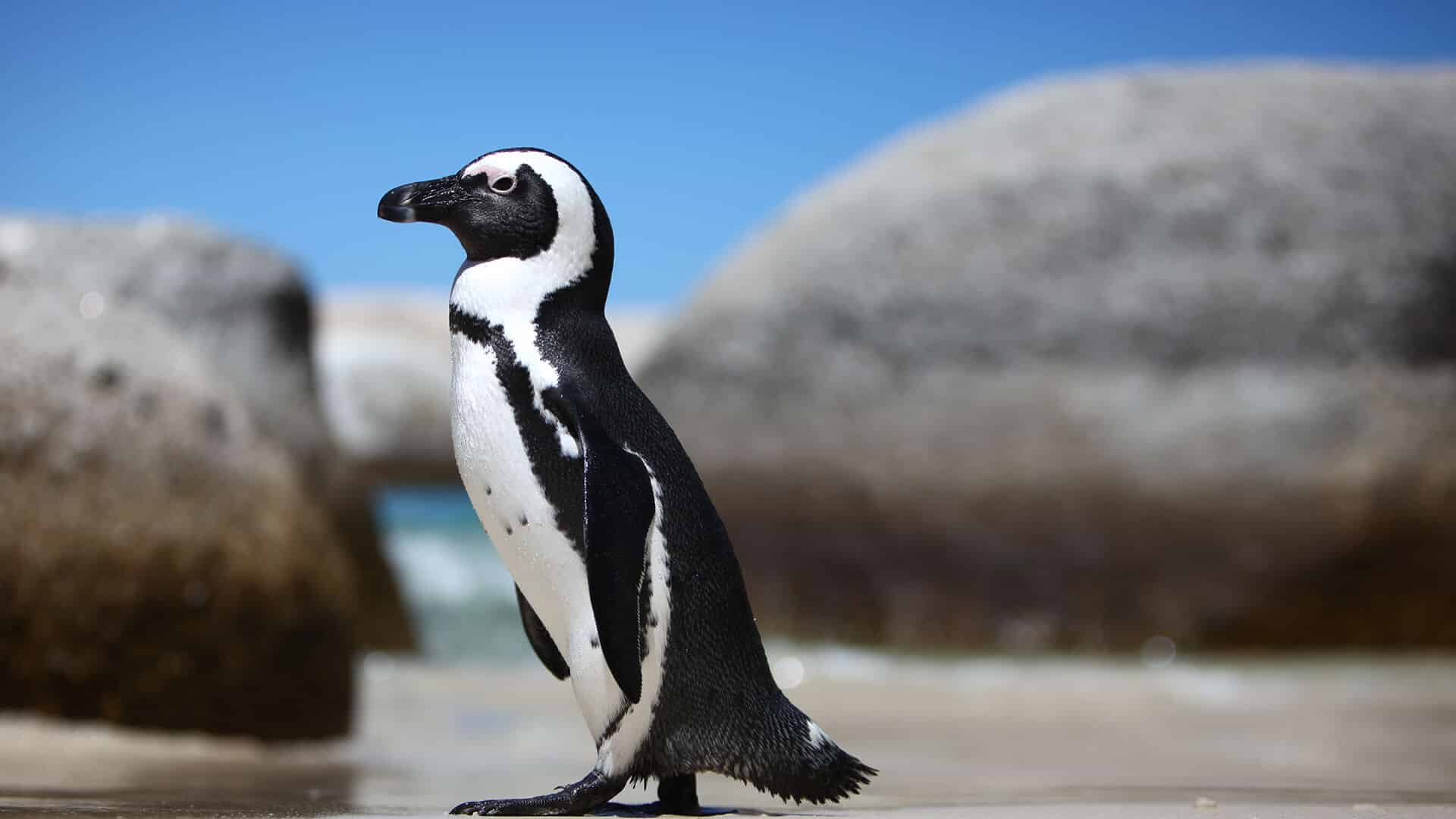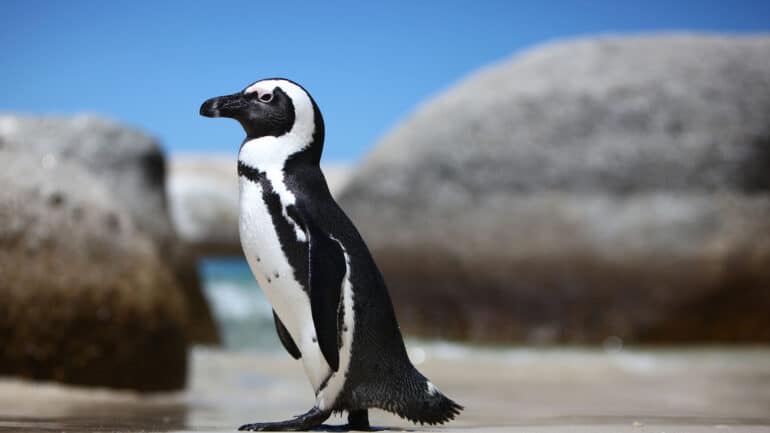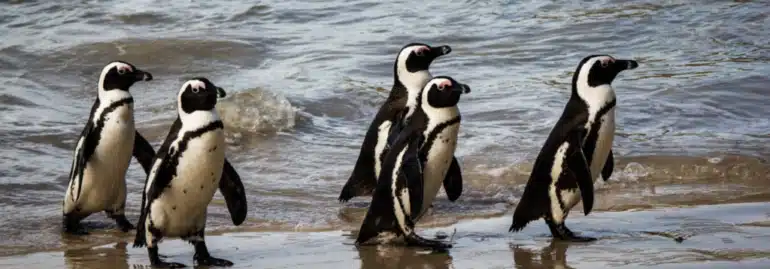The plight of the African penguin is a tragic reflection of how human activities can drive species to the brink of extinction. This small, charismatic bird, known for its distinct appearance and endearing behavior, is not just an ecological asset but also a cultural icon in regions where it thrives. The accelerating decline of its population in Namibia, compared to its already concerning status in South Africa, is particularly alarming.
Historical and Ongoing Threats
The historical context of the African penguin’s decline in Namibia cannot be overstated. The guano rush of the 1800s, driven by the demand for fertilizer, led to the widespread destruction of breeding habitats. Penguins were left without safe nesting sites, which are crucial for their reproduction and the survival of chicks.
The situation worsened with the advent of industrial pelagic fishing in the 1960s. Sardines, the primary food source for African penguins, were overfished, leading to severe food shortages. This overfishing continues to be a significant issue, as the penguins must compete with commercial fisheries for dwindling fish stocks.
Conservation Efforts and Challenges
Despite conservation efforts that began in earnest in the late 1980s, the African penguin population has not shown signs of recovery. The establishment of the Namibian Islands Marine Protected Area (NIMPA) in 2009 was a crucial step towards safeguarding critical habitats, yet it has not been enough to reverse the decline.
The 2019 bird flu outbreak on Halifax Island exemplifies the kind of unpredictable and devastating events that can further endanger already vulnerable populations. Additionally, oil spills, which can coat penguins in toxic substances, and harmful algal blooms, which deplete oxygen levels in water and kill fish, have compounded the penguins’ struggles. Predation by fur seals, which have become more aggressive due to changing marine conditions, also poses a significant threat.
The Role of Conservation Organizations
Organizations such as NAMCOB (Namibian Coastal Bird Conservation) are on the front lines, working to mitigate these threats. Their efforts include monitoring penguin populations, rehabilitating injured birds, and advocating for stricter fishing regulations. However, the scale and complexity of the problem require a coordinated, multifaceted approach.
Conservationists argue that immediate and robust actions are essential. This includes securing better funding for research and monitoring programs, implementing stricter controls on fishing practices, and ensuring the protection of breeding sites from both natural and human-induced threats.
The Broader Implications
The crisis facing African penguins is a stark reminder of the broader environmental challenges we face. Penguins are often considered indicator species; their health reflects the overall health of the marine environment. The dramatic decline in their numbers highlights severe issues within marine ecosystems, such as overfishing, climate change, and pollution.

















